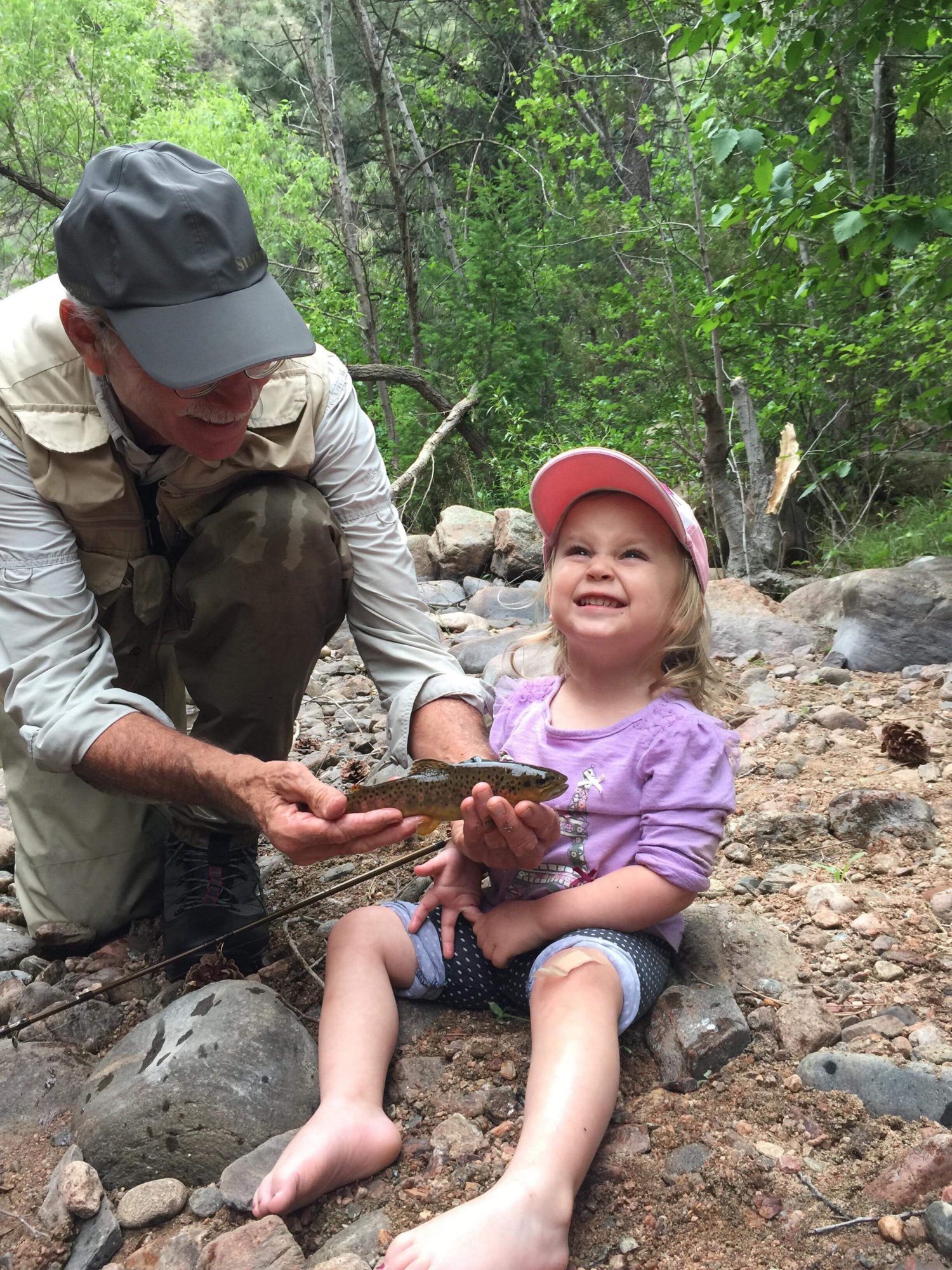 What do modern product marketing, Collier County, Florida, and the Barron River here in the Everglades have in common?? They all owe it to Barron Collier, a wealthy Yankee who made a gigantic fortune back at the turn of the 19th Century with his
What do modern product marketing, Collier County, Florida, and the Barron River here in the Everglades have in common?? They all owe it to Barron Collier, a wealthy Yankee who made a gigantic fortune back at the turn of the 19th Century with his
modest little brainchild:  Putting ads in New York street cars to woo a captive audience. He was only 19 years old when he started his business!!
Putting ads in New York street cars to woo a captive audience. He was only 19 years old when he started his business!!
His namesake Barron River sidles alongside of Everglades City, providing a deep channel into the Ten Thousand Islands of the Gulf of Mexico. Upstream, it provides access to some untrammeled wilderness and good fishing for the adventurous kayak angler.
Back around the late 1880s, the Everglades were a true backwater—the few hearty locals made a living through agriculture (grapefruits, tomatoes), hunting, fishing, and skullduggery. The nearest sheriff being several days away by boat in Key West, it was home to outlaws, n’er do wells, and other assorted misfits as documented in Peter Matthiessen’s fascinating epic, Killing Mr. Watson. An early account proclaimed seven unwritten rules of that wild country:
- Suspect every man.
- Ask no questions.
- Settle your own quarrels.
- Never steal from an Islander.
- Stick by him, even if you do not know him.
- Shoot quick, when your secret is in danger.
- Cover your kill.
The area’s bountiful sunshine and fish and game were discovered by wealthy northerners seeking to escape frigid winters and sportsmen, beginning the transition to a tourist destination. Collier came visiting the area at the invitation of one of his rich buddies, and like many Yankees to follow, he got “sand in his shoes.” Soon he had purchased almost a million acres stretching south from Fort Myers, including most of the land in a little village called Everglade, which he promptly renamed Everglades. The river that served Everglades was originally

called Potato Creek for the potatoes planted there by the Seminole Indians. It had been renamed the Allen River after a local pioneering settler. It was promptly renamed the Barron River. Collier started promoting agriculture and development in the area, promising the state legislature he would help finish construction of the Tamiami Trail highway from Tampa to Miam–IF they would slice off a big chunk of Lee County (Ft. Myers) and create Collier County with Everglades as the new county seat. DEAL!!
He delivered on his promise to speed up work on the road that would finally link the west and east coasts of Florida–a startling engineering and construction feat using giant dredges to plow through the swampy Everglades muck and then blasting through hard limestone with 2.5 million sticks of dynamite. The official opening day was April 26th, 1928. As he financed building of the highway, Collier also turned Everglades City, the nerve center for construction, into a model corporate town complete with wide boulevards, traffic circles, and a full array of handsome community buildings like a bank, cleaners, grocery store, barbershop, church, school, and hotel. Everglades City had its own electric streetcar, the only one south of Tampa. He was way ahead of his time in many ways.
As he financed building of the highway, Collier also turned Everglades City, the nerve center for construction, into a model corporate town complete with wide boulevards, traffic circles, and a full array of handsome community buildings like a bank, cleaners, grocery store, barbershop, church, school, and hotel. Everglades City had its own electric streetcar, the only one south of Tampa. He was way ahead of his time in many ways.
Today, the two-lane Tamiami Trail has ceded its importance to Interstate 75 twenty miles to the north, known as Alligator Alley. Everglades City has faded into a shadow of its former glory, losing its status as county seat to Naples thanks to Hurricane Donna in 1960 that flooded the town to a depth of eight feet, inundated the county courthouse, wiped out hundreds of houses, and damaged over a thousand more. The town now sports a modest permanent population of about 500 people. But the good news is the fishing is still terrific for anglers who descend on the area, especially on weekends. Even better, most of them overlook the Barron River, right on the town’s doorstep, where feisty tarpon, snook, and redfish abound. Better yet, a substantial amount of the river, especially what I call the North Fork, is accessible only by kayak. Three of my favorite trips on the Barron River—the North Fork, the Main Stem, and the South Branch—follow.










